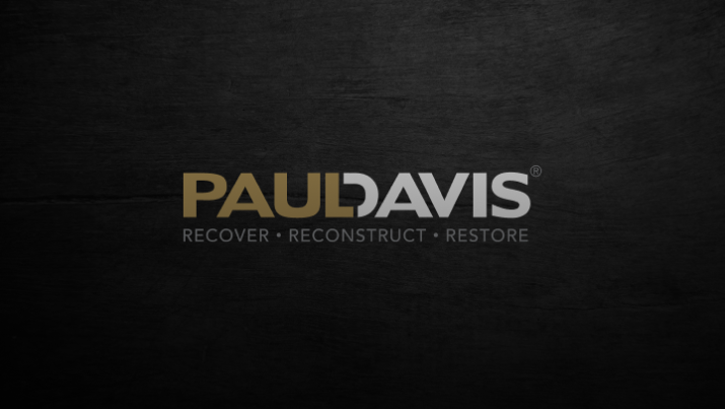Chances are that when you look at your homeowners policy, you feel overwhelmed by the amount of legalese. You’re not alone. A lot of homeowners are aware that homeowners insurance is something that is important, but they’re not sure why they have it or even what it all means. That’s okay! Today, we’re going to help you come to understand the homeowners policy you already have or the one you’re researching. That’s because it can really pay off to understand your particular policy before potential disasters strike.
Home Structure
There are three ways that you can request to insure the structure of your home. Replacement Cost is insurance that will pay you, the policyholder, the cost of replacing damaged property. This does not include deduction for depreciation. Second is Extended Replacement Cost. This type of policy covers costs up to a certain percentage over a given limit, usually about 20%. This gives policyholders protection against things like unexpected increases in the overall cost of construction. Third is Actual Cash Value. This policy covers the cost to replace your entire home, but does not include depreciation costs for things like age and general wear and tear.
As a side note, it’s important that policyholders insure their home for the amount it would cost them to rebuild their home, not the market value of the house. That’s because without the right kind of insurance, you may find that your insurance company only pays a portion of what it will take to replace the lost or damaged structure. Many insurance companies only require that policyholders get a policy that covers their mortgage in the event of a disaster. Make sure that this is not you!
Personal Belongings
There are two ways that you can cover insurance for your personal items. The first way is Replacement Cost Coverage. This type of insurance will pay the dollar amount that is needed to replace damaged items with similar items but without a deduction for depreciation. Secondly is Actual Cash Value. This is when you, the policyholder, gets an amount that is equal in replacement value of the damaged belongings minus depreciation. Usually, coverage is automatically for actual cash value unless it is expressly specified elsewhere in your policy.
Other Things Insurance Usually Covers
Homeowners insurance covers a variety of instances that can vary from state to state. This is due, in part, to the potential weather conditions that can be found in your area. Typical policies usually include coverage for high winds, hail, riots, water damage (minus floods), explosions and other unexpected losses such as theft. If you live in an area prone to flooding, tornados, earthquakes, or other natural disasters you may want to discuss additional policy options with your provider.
Know the Factors Impacting Your Policy
There are many things that could potentially change the amount of coverage you’ll receive on your insurance. Part of being a responsible homeowner is researching the things that may affect you. Factors such as building costs in your area, crime rates in your zip code, and distance to a fire hydrant or the nearest police station all play a role in the type and amount of insurance you could be offered, and that you need.
Take the Right Precautions
Even if you’re happy with your insurance company, take some overall precautions once your policy is in place. Always check for any policy limitations. This might include valuables such as jewelry, furs, and even technology equipment like computers. Oftentimes, insurance companies will offer “floater” policies for special items like these. Also, always document your belongings.
Take photos and/or videos of your valuables and keep them, as well as any receipts, in a safe place such as in cloud software, where you can always access them. Don’t forget to update your valuables list if you make any major purchases.





